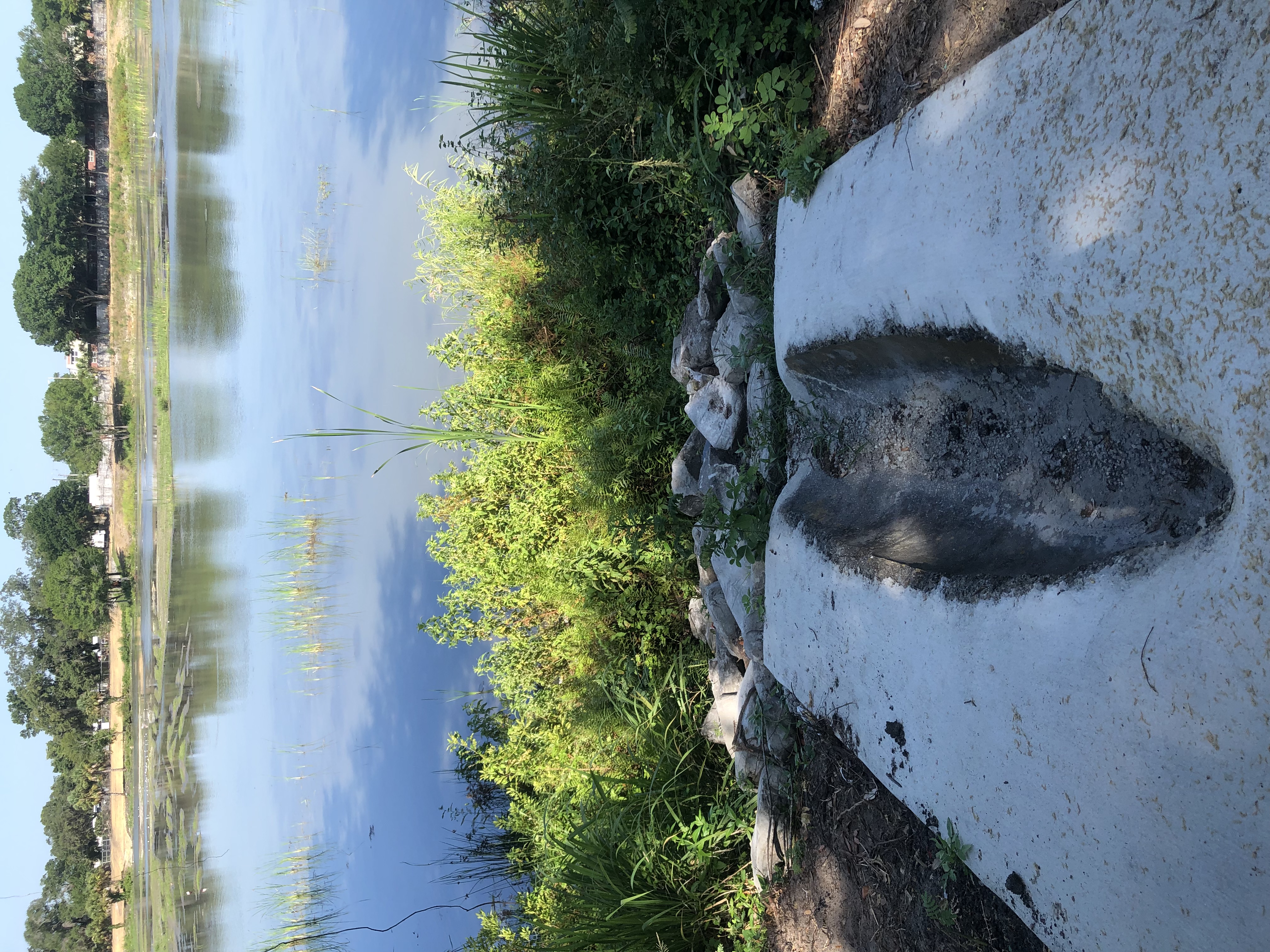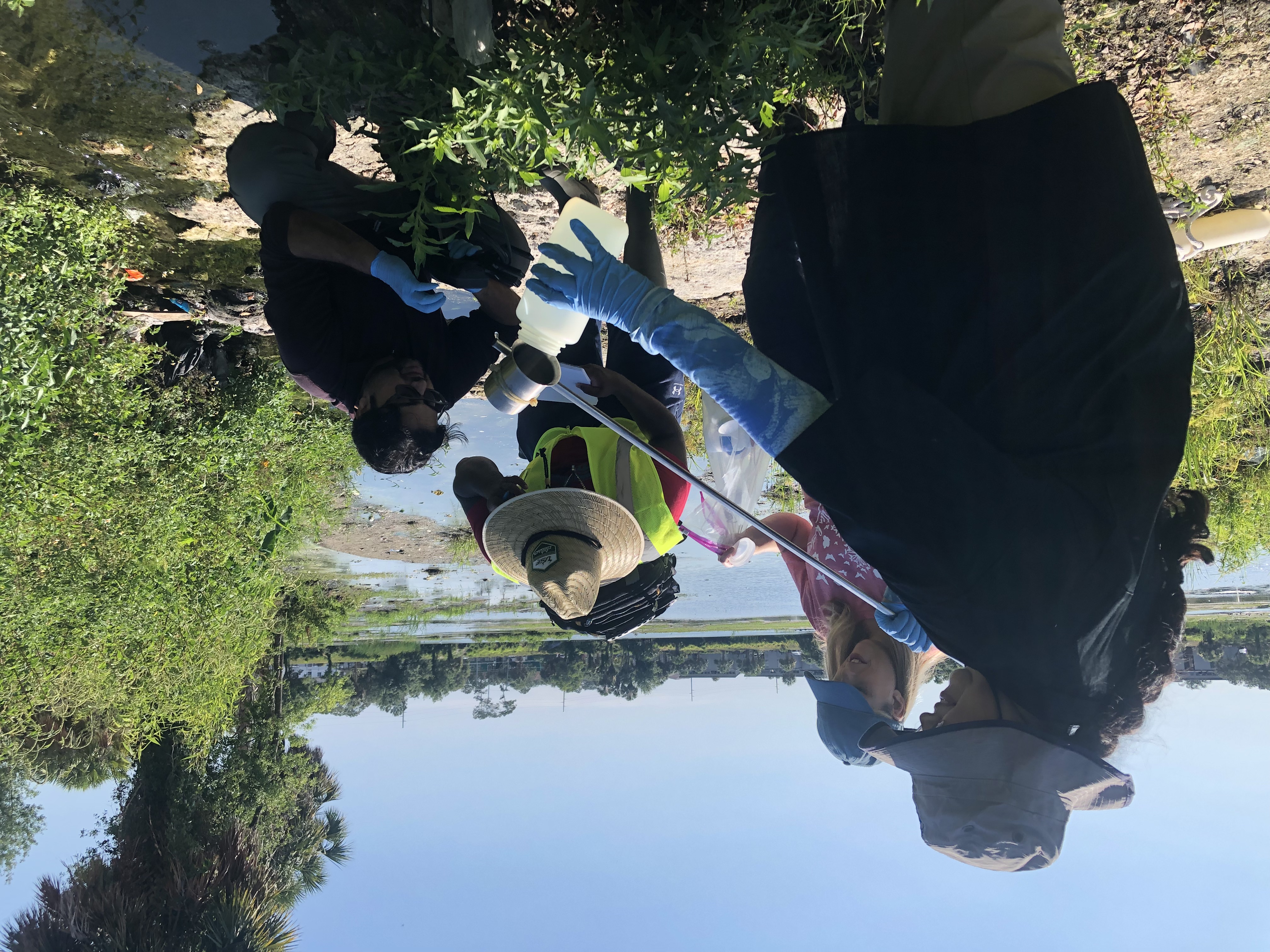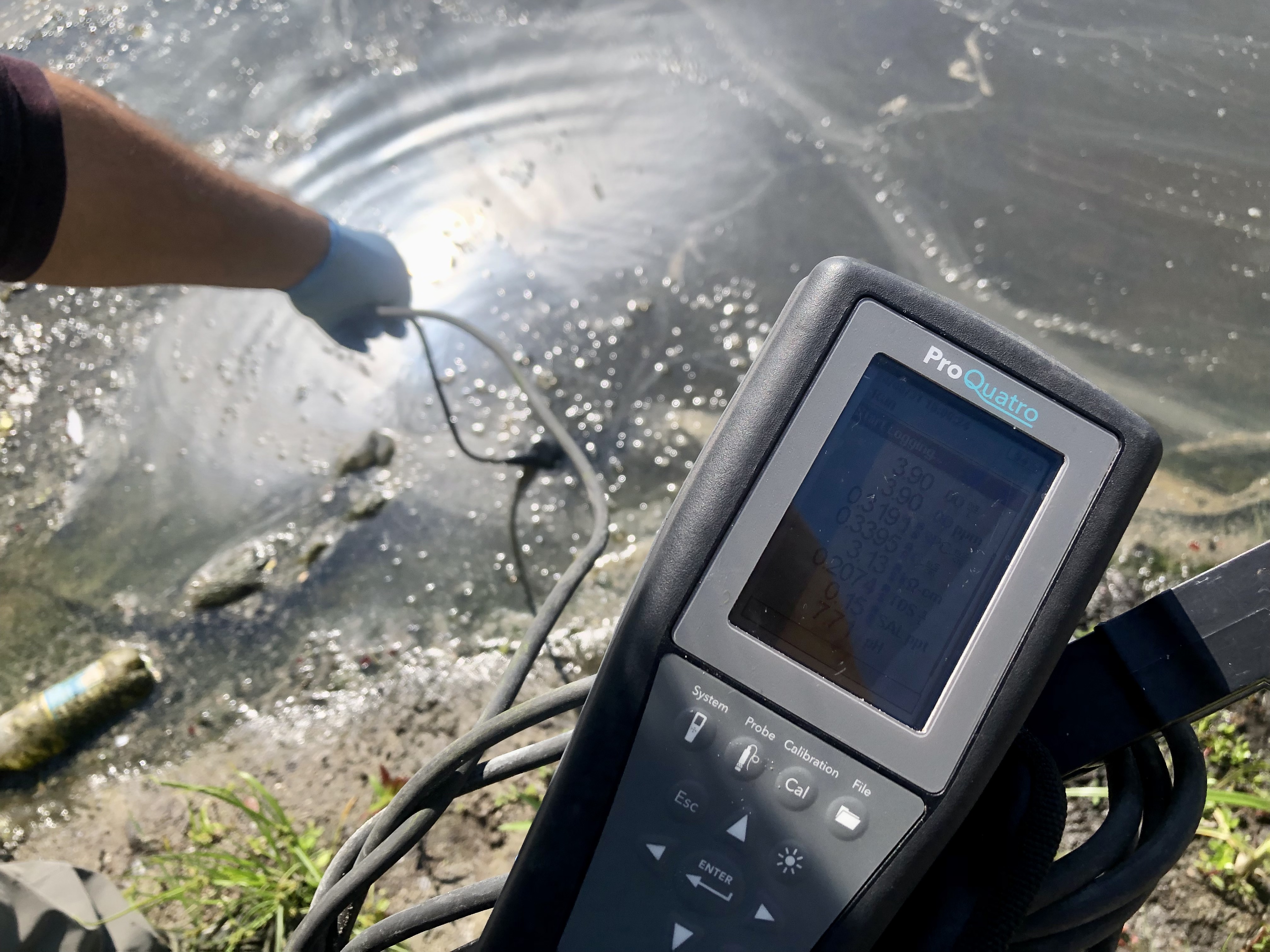Project Goals
With the unique challenges facing the University Area Community and its local stormwater system; Aaran's pond presents an opportunity to address novel stormwater issues while raising community awareness and value for stormwater through collaborative design. At the same time, presenting the opportunity to explore how planted Bio-infiltration systems can aid the redesign of an urban stormwater pond while seeking to reduce Total Nitrogen (TN) concentrations. The overall goal of this project is to turn zombie ponds to living community ponds using collaborative actions and novel adsorbent-amended bio-infiltration systems.



Project Tasks
As part of task 1:
Pondscape upgrades will be co-designed through the asessment of resident perceptions of stormwater infrastructure, ecosystem services, community value, and pondscape desires.
This will be done through semi-structured interviews and concept mapping (e.g., freelisting,
cultural domain analysis) with key stakeholders alongside focus grouping/workshops.
As part of task 2:
SWMM5.1 will be utilized in combination with the variable sautration flow model, HYDRUS, in the creation and calibration of a stormwater model of Aaran's pond at the catchment level.
The model will aid in the simulation of pond and stormwater conditions, modelling for pollutant concentration and loading, stormwater flow, drainage and moisture. The model will simulate mass loading and concentrations of Total suspended solids
(TSS), Total nitrogen (TN), and total phosphorus (TP).
While simulating the performance of the bio infiltration systems
As part of task 3:
model results from task 2 will be used with the input from community residents, alongside oldcastle and county engineers to design and implement a minimum of 4 bio infiltration systems.
Conservative tracer studies will follow the installation to evaluate the influence of biochar amendment on
Hydraulic Residence Time (HRT) within the bio-infiltration systems
Priorities are set to monitor influent and effluent nutrient concentrations during storm events over two years
(~10 events per year) to capture a range of hydraulic loading rates (HLR) and N-species
concentrations.
As part of task 4:
Community planting inputs and pondscape redesign will be implemented in consultation with Hillsborough County’s Engineering and Operations Division.
Continued monitoring of the bio infilitration systems will be joined by monthly monitoring of pond nutrients, inflows and outflows, water clarity, and concentrations of key nutrients.
Further measurements will be performed to assess how pondscape redesign impacts the bioavailability of dissolved organic N in inflow and outflows.